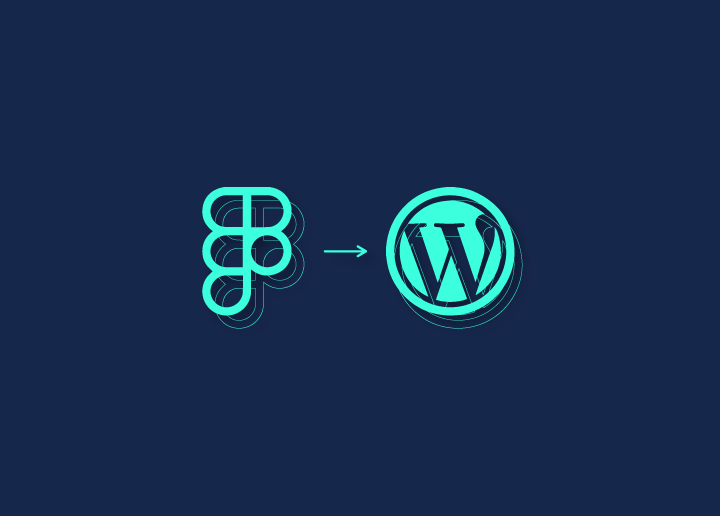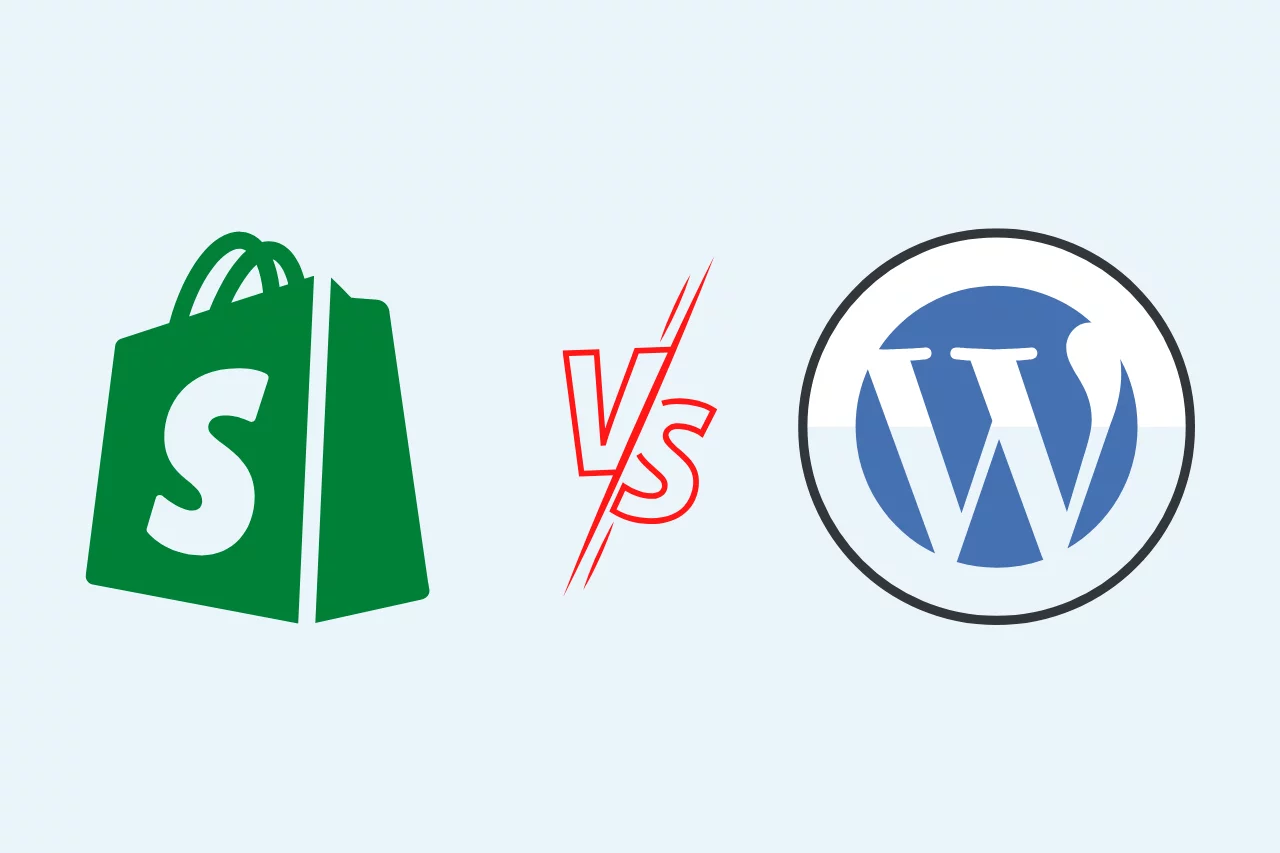Introduction
Embarking on the journey of migrating a website can be daunting, but with the right guidance, it becomes a rewarding experience. In this article, we’ll explore the intricate steps of moving your site from Figma to WordPress, ensuring a flawless transition.
Planning Your Migration
Understanding the Scope of Your Website
In the initial phase, assess the size and complexity of your website. This step sets the foundation for a well-planned migration strategy. Break down the elements and functionalities to make the process more manageable.
Creating a Backup of Your Figma Design
Before diving into the migration, ensure you have a backup of your Figma design. This precautionary measure ensures that no crucial design elements are lost during the transfer.
Mapping Your Figma Elements to WordPress Components
Carefully map each element from your Figma design to its corresponding component in WordPress. This meticulous approach streamlines the migration process and guarantees accuracy.
How to Migrate a Site From Figma to WordPress
Installing WordPress and Theme Setup
Begin by installing WordPress on your desired hosting platform. Choose a theme that aligns with your Figma design to maintain visual consistency. Customize the theme settings to match your preferences.
Content Migration: Pages and Posts
Efficiently transfer your Figma content to WordPress pages and posts. Pay attention to formatting details and ensure multimedia elements are seamlessly integrated. This step is crucial for a polished final result.
Preserving Design Elements with Plugins
Explore WordPress plugins that replicate Figma design functionalities. These plugins act as bridges, preserving the intricate design details from Figma during the migration.
Testing and Debugging
Before making your site live, rigorously test its functionality. Identify and resolve any bugs or discrepancies in design or content. This step guarantees a flawless user experience post-migration.
Frequently Asked Questions
How long does the migration process take? The duration varies based on the complexity of your site. On average, a straightforward migration can be completed in a few days, while more intricate websites may take longer.
Are there any risks involved in the migration process? While the process is generally safe, there is a slight risk of data loss. This risk can be minimized by regularly backing up your Figma design and thoroughly testing the migrated site before going live.
Can I make design changes after migration? Absolutely. WordPress provides a user-friendly interface for design modifications. You can easily tweak layouts, colors, and other design elements post-migration.
What hosting is recommended for WordPress? Popular hosting options include Bluehost, SiteGround, and WP Engine. Choose one based on your specific needs and budget.
Do I need coding knowledge for the migration? No, WordPress is designed to be user-friendly. While coding knowledge can be beneficial, it’s not mandatory for a successful migration.
Is customer support available for migration-related issues? Yes, both Figma and WordPress offer comprehensive customer support. Additionally, online forums and communities can provide valuable insights.
Conclusion
Migrating a site from Figma to WordPress is a transformative process that enhances your website’s functionality and design. By following our detailed guide, you’ll navigate the migration seamlessly, unlocking the full potential of WordPress.





